Types of Camera Movements in Film Explained: Definitive Guide
Static
The first on our list of the types of camera movements in film is the static shot. A static shot has no camera movement at all. It is achieved by locking a camera to a fixed-position typically with a tripod. The stability of a static shot makes it non-distracting. This makes it one of the best camera movements for shot-reverse-shot dialogue, precise composition, or showcasing an actors’ performance.
The first on our list of the types of camera movements in film is the static shot. A static shot has no camera movement at all. It is achieved by locking a camera to a fixed-position typically with a tripod. The stability of a static shot makes it non-distracting. This makes it one of the best camera movements for shot-reverse-shot dialogue, precise composition, or showcasing an actors’ performance.
Pan
The camera pan directs a camera horizontally left or right. The pan camera movement is typically achieved with a tripod head, but can also be done handheld or with a stabilizer.
Pans are often motivated by a character’s actions. They can also be used to reveal new information to the audience.
When done quickly with speed, the fast camera movement is known as a whip pan. Whip pans are one of the best camera movements to add energy to a shot.
The camera pan directs a camera horizontally left or right. The pan camera movement is typically achieved with a tripod head, but can also be done handheld or with a stabilizer.
Pans are often motivated by a character’s actions. They can also be used to reveal new information to the audience.
When done quickly with speed, the fast camera movement is known as a whip pan. Whip pans are one of the best camera movements to add energy to a shot.
Tilt
Camera tilts are just like pans, only vertical. Tilt camera movements direct a camera upward or downward. Camera tilts can be used to give a character dominance in a shot or to reveal new information to the audience. Tilts enable filmmakers to capture the verticality of a film in moments of awe and spectacle.
Steven Spielberg’s style uses the tilt often. In one of Spielberg’s best movies, Jurassic Park, he uses the tilt when first introducing the dinosaurs. The camera tilt perfectly captures the emotions of the film’s characters while eliciting awe in the audience.
Camera tilts are just like pans, only vertical. Tilt camera movements direct a camera upward or downward. Camera tilts can be used to give a character dominance in a shot or to reveal new information to the audience. Tilts enable filmmakers to capture the verticality of a film in moments of awe and spectacle.
Steven Spielberg’s style uses the tilt often. In one of Spielberg’s best movies, Jurassic Park, he uses the tilt when first introducing the dinosaurs. The camera tilt perfectly captures the emotions of the film’s characters while eliciting awe in the audience.
Push In
A push-in moves the camera closer to a subject typically with a dolly camera movement or Steadicam. Push-ins can draw the audience's attention toward a specific detail. Filmmakers also push-in toward characters to try and infer what is occurring internally. This can be a reaction, thought process, or internal conflict.iConsider this scene from The Godfather. As Sonny and Tom spar over how to handle the family business after Don Corleone's assassination attempt, the camera barely moves.
A push-in moves the camera closer to a subject typically with a dolly camera movement or Steadicam. Push-ins can draw the audience's attention toward a specific detail. Filmmakers also push-in toward characters to try and infer what is occurring internally. This can be a reaction, thought process, or internal conflict.iConsider this scene from The Godfather. As Sonny and Tom spar over how to handle the family business after Don Corleone's assassination attempt, the camera barely moves.
That is, until the moment Michael decides to step up and take control. The static camera leading up to that moment allows for even the slightest push in to Michael seem like a grand and powerful moment. Here's a breakdown of the scene and how Coppola uses camera movement with masterful purpose and precision.
That is, until the moment Michael decides to step up and take control. The static camera leading up to that moment allows for even the slightest push in to Michael seem like a grand and powerful moment. Here's a breakdown of the scene and how Coppola uses camera movement with masterful purpose and precision.
Pull Out
The camera pull out is the exact opposite of the push in. A pull out is a smooth camera movement that moves the camera further away from a subject. This movement causes the subject to grow smaller while simultaneously revealing their surroundings.
Pull outs can be used to reveal setting and characters. Emotionally, pull outs can highlight a character’s isolation or loneliness.
The camera pull out is the exact opposite of the push in. A pull out is a smooth camera movement that moves the camera further away from a subject. This movement causes the subject to grow smaller while simultaneously revealing their surroundings.
Pull outs can be used to reveal setting and characters. Emotionally, pull outs can highlight a character’s isolation or loneliness.
Zoom
Although zooms are technically not a camera movement they do create movement within the image. Zooms change the focal length of a camera lens to either zoom in (magnify) or zoom out (de-magnify) the size of a subject in the frame.
Zooms are unique because there is no equivalent to it in the experience of the human eye. Zooms can feel artificial or even unnatural. For these reasons, zooms are one of the best camera movements to use in horrors and thrillers.
Although zooms are technically not a camera movement they do create movement within the image. Zooms change the focal length of a camera lens to either zoom in (magnify) or zoom out (de-magnify) the size of a subject in the frame.
Zooms are unique because there is no equivalent to it in the experience of the human eye. Zooms can feel artificial or even unnatural. For these reasons, zooms are one of the best camera movements to use in horrors and thrillers.
Dolly Zoom
One of the more heavy-handed camera movements is the dolly zoom. A dolly zoom is achieved by dollying the camera away from or toward a subject while simultaneously zooming in the other direction. Dolly zooms are an incredibly intentional camera movement because they have such a specific effect.
The visual effect of a dolly zoom that is distinctive. In the fantasy and horror genre, it is used to portray a supernatural force.
One of the more heavy-handed camera movements is the dolly zoom. A dolly zoom is achieved by dollying the camera away from or toward a subject while simultaneously zooming in the other direction. Dolly zooms are an incredibly intentional camera movement because they have such a specific effect.
The visual effect of a dolly zoom that is distinctive. In the fantasy and horror genre, it is used to portray a supernatural force.
Roll
The camera roll is a rotational camera movement that rotates the camera over its side on its long axis. Rolls can be dizzying and unnatural. For this reason, filmmakers use it to disorient the audience or create uneasiness. It’s specific effect makes it a very intentional camera movement that should only be used when wanting to elicit a discomfort in the audience.
The camera roll is a rotational camera movement that rotates the camera over its side on its long axis. Rolls can be dizzying and unnatural. For this reason, filmmakers use it to disorient the audience or create uneasiness. It’s specific effect makes it a very intentional camera movement that should only be used when wanting to elicit a discomfort in the audience.
Tracking shot
A tracking shot is any shot that physically moves the camera through the scene for an extended amount of time. Tracking camera movement often follows a traveling subject, though they can be used to simply show off the scene.
Truck camera movement is a type of tracking shot that moves laterally left or right. Truck camera movement has historically been achieved with a dolly tracking camera movement. Modern Steadicams have allow complex shot movements that move the camera in all directions.
A tracking shot is any shot that physically moves the camera through the scene for an extended amount of time. Tracking camera movement often follows a traveling subject, though they can be used to simply show off the scene.
Truck camera movement is a type of tracking shot that moves laterally left or right. Truck camera movement has historically been achieved with a dolly tracking camera movement. Modern Steadicams have allow complex shot movements that move the camera in all directions.
Steadicam camera movement has become more prevalent in modern films.
Steadicam camera movement has become more prevalent in modern films.
Boom shot
To move the camera vertically upward or downward, filmmakers turn to the boom shot. Boom shots are achieved by using boom crane camera movements, pedestal camera movement, and jibs. They can be small boom movements typically used for reveals and characters.
To move the camera vertically upward or downward, filmmakers turn to the boom shot. Boom shots are achieved by using boom crane camera movements, pedestal camera movement, and jibs. They can be small boom movements typically used for reveals and characters.
Random Movement
Sometimes, camera movements are not motivated by character actions, but rather audience experience. Filmmakers often add random movement to a shot via camera shake through a handheld shot to heighten the intensity of a scene.
When used more subtly, the random movement can establish subjectivity for the audience. This is often used in films that are based on true events. In combination with arbitrary zooms, the random movement in The Big Short stylistically gives a subjective, documentary feel to the film.
Sometimes, camera movements are not motivated by character actions, but rather audience experience. Filmmakers often add random movement to a shot via camera shake through a handheld shot to heighten the intensity of a scene.
When used more subtly, the random movement can establish subjectivity for the audience. This is often used in films that are based on true events. In combination with arbitrary zooms, the random movement in The Big Short stylistically gives a subjective, documentary feel to the film.
The Different Types of Camera Shot Angles in Films
Eye Level Shot
Our first camera angle is the eye level shot, and this is when your subject is at eye-level. An eye level shot can result in a neutral perspective (not superior or inferior). This mimics how we see people in real life our eye line connecting with theirs, and it can break down boundaries.
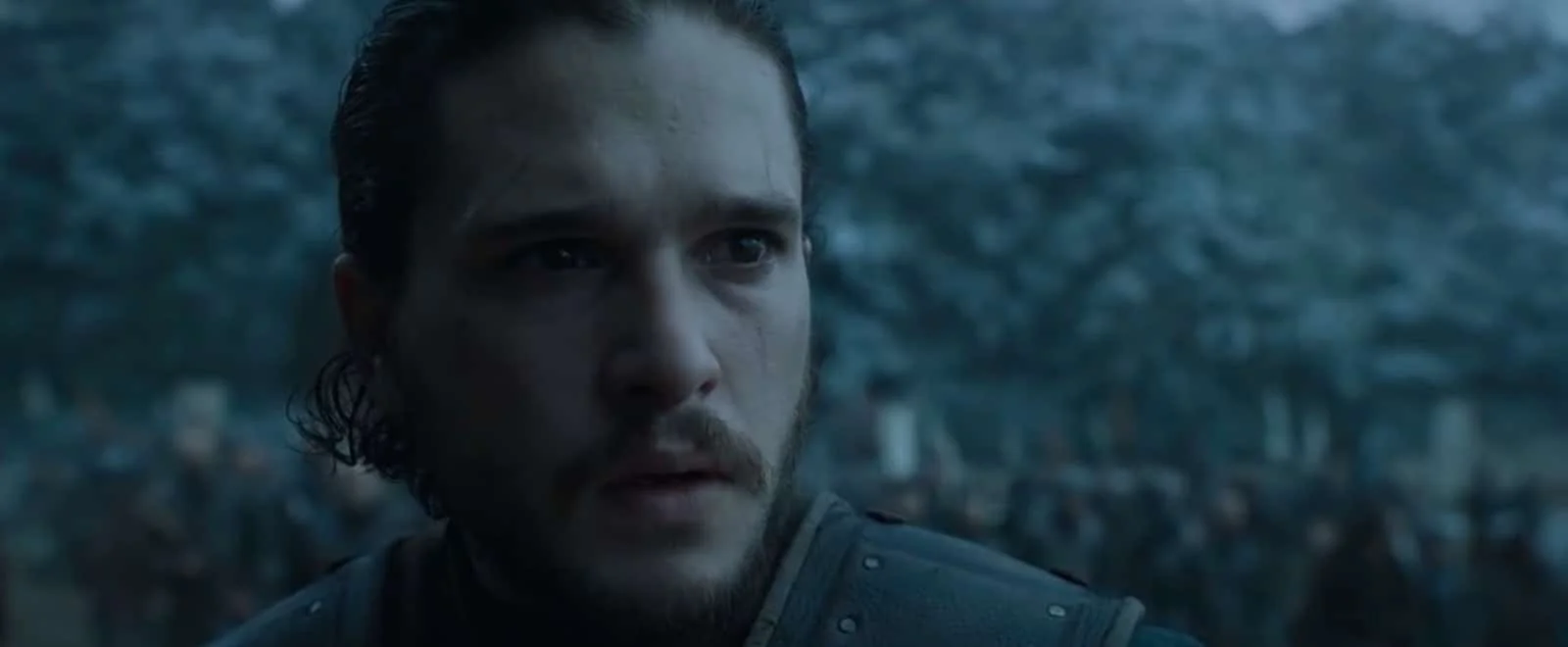
Low Angle Shot
A low angle shot shot frames the subject from below a their eyeline. These camera shots most often emphasize power dynamics between characters a low angle shot on one character is often paired with a high angle shot on the other character. Low angle camera shots are a perfect camera angle for signaling superiority or to elicit feelings of fear and dread.
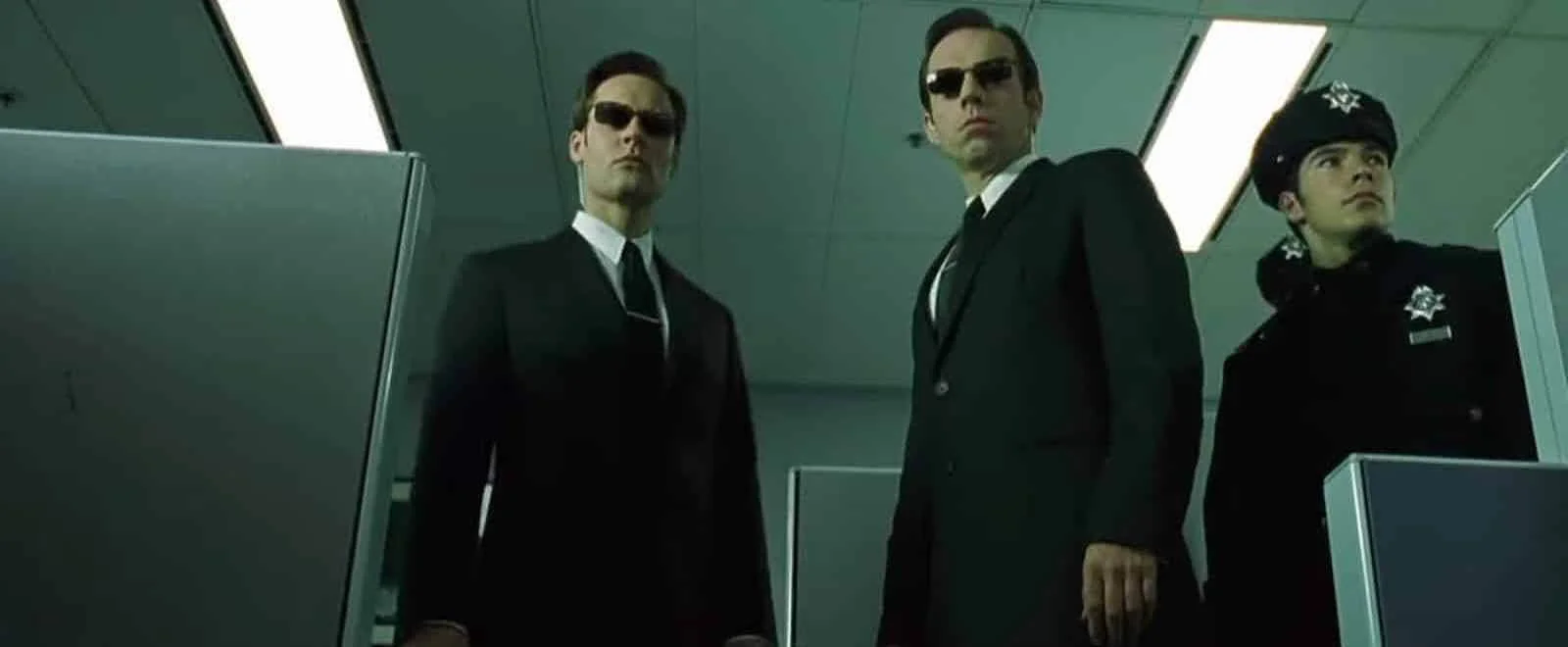
High Angle Shot
In a high angle shot, the camera points down at your subject. It usually creates a feeling of inferiority, or “looking down” on your subject. But, again, with every other camera angle, there are many applications.
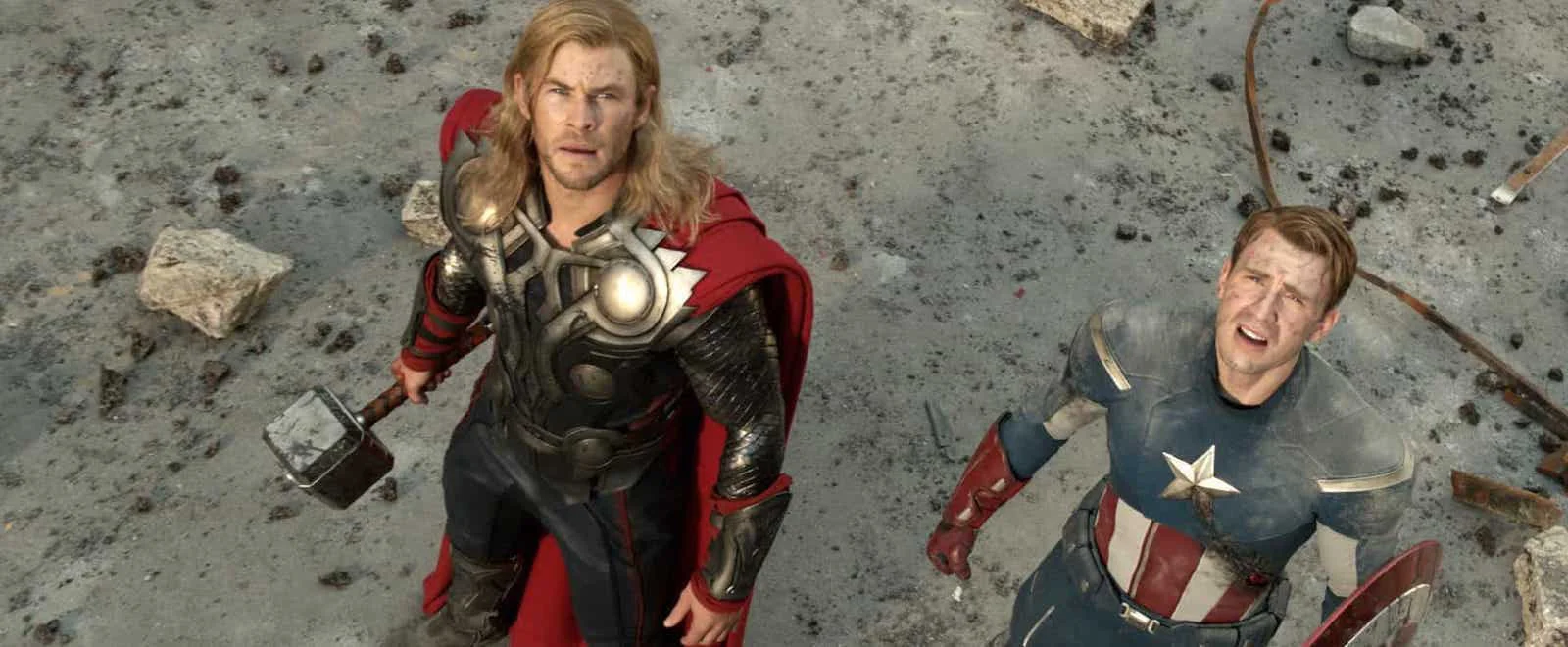
The Cowboy Shot or Hip Level Shot
A Cowboy shot is when your camera is roughly waist-high. Hip level shots are often useful when one subject is seated while the other stands.
Hip level shots can also be extremely useful camera angles for when you have action that occurs near the hip, like weapons being drawn, or someone reaching into their pocket. That's why it's also known as a "cowboy shot" — we can't think of hip level shots without seeing a gun, holster, and the enemy ahead in the distance.
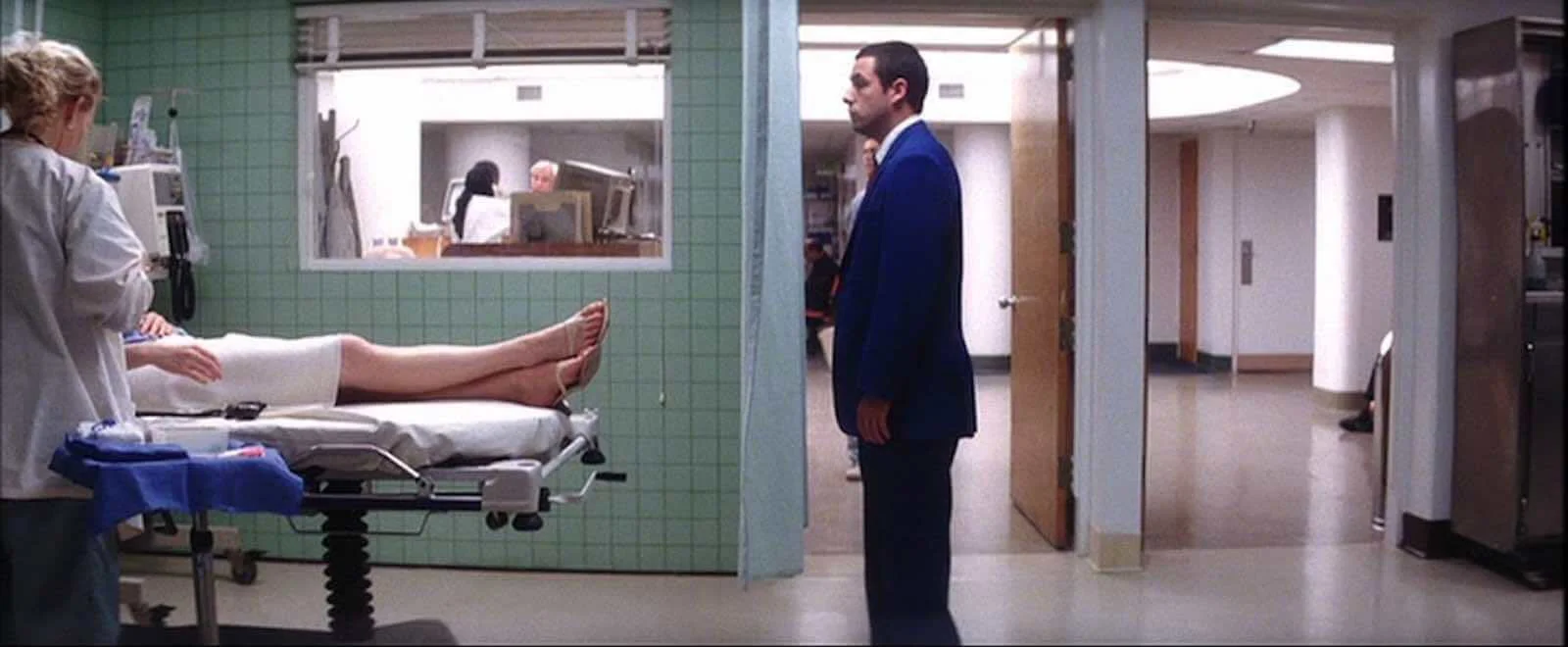
Knee Level Shot
This is when your camera height is about as low as your subject’s knees. They can emphasize a character’s superiority if paired with a low angle. It's not as extreme as a ground level shot but it gets the same feeling across. These are ideal when you want to focus on characters walking, or in this case from Home Alone, creeping.
Ground Level Shot
A ground level shot is when your camera’s height is on ground level with your subject. This camera angle is used a lot to feature a character walking without revealing their face, but it can help to make the viewer more active and use the actor's performance to build an idea.
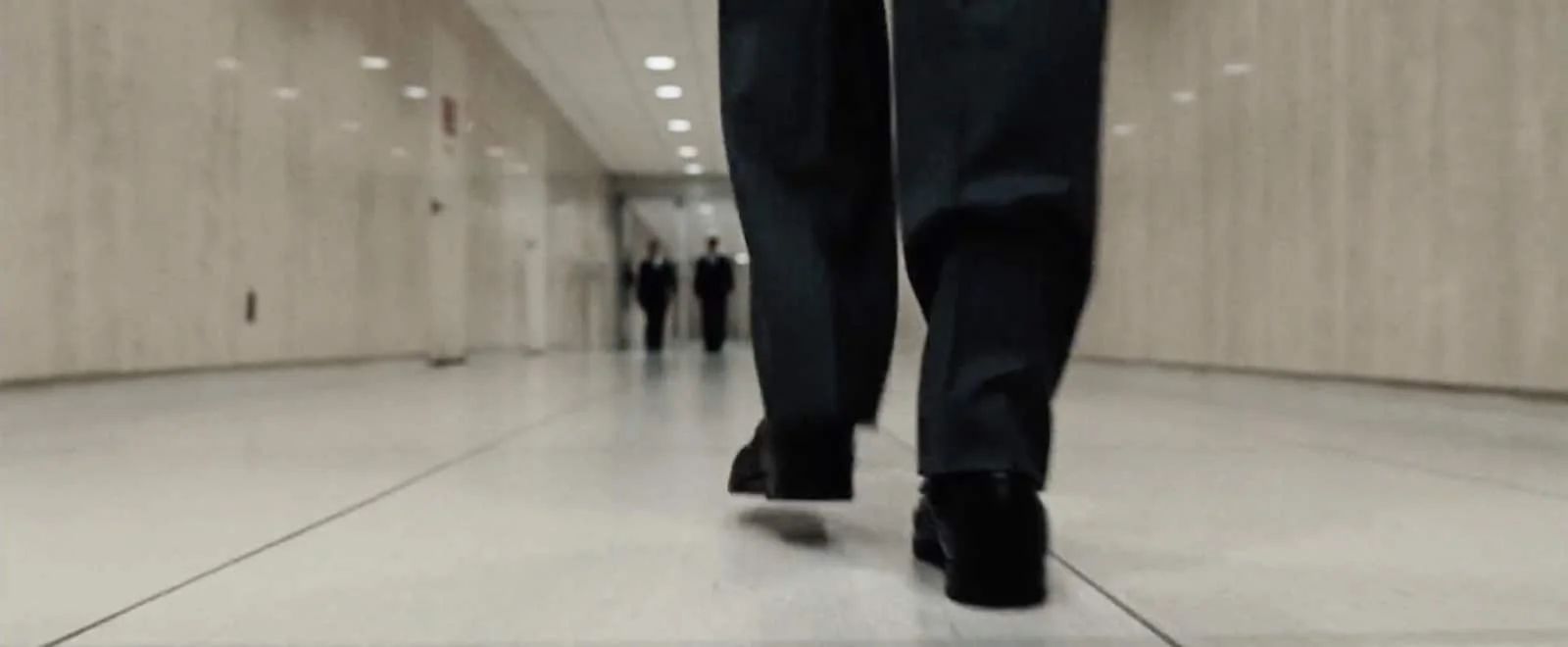
Shoulder Level Shot
A shoulder level shot is a camera angle that is as high as your subject’s shoulders. Shoulder level shots are actually much more standard than an eye level shot, which can make your actor seem shorter than reality.
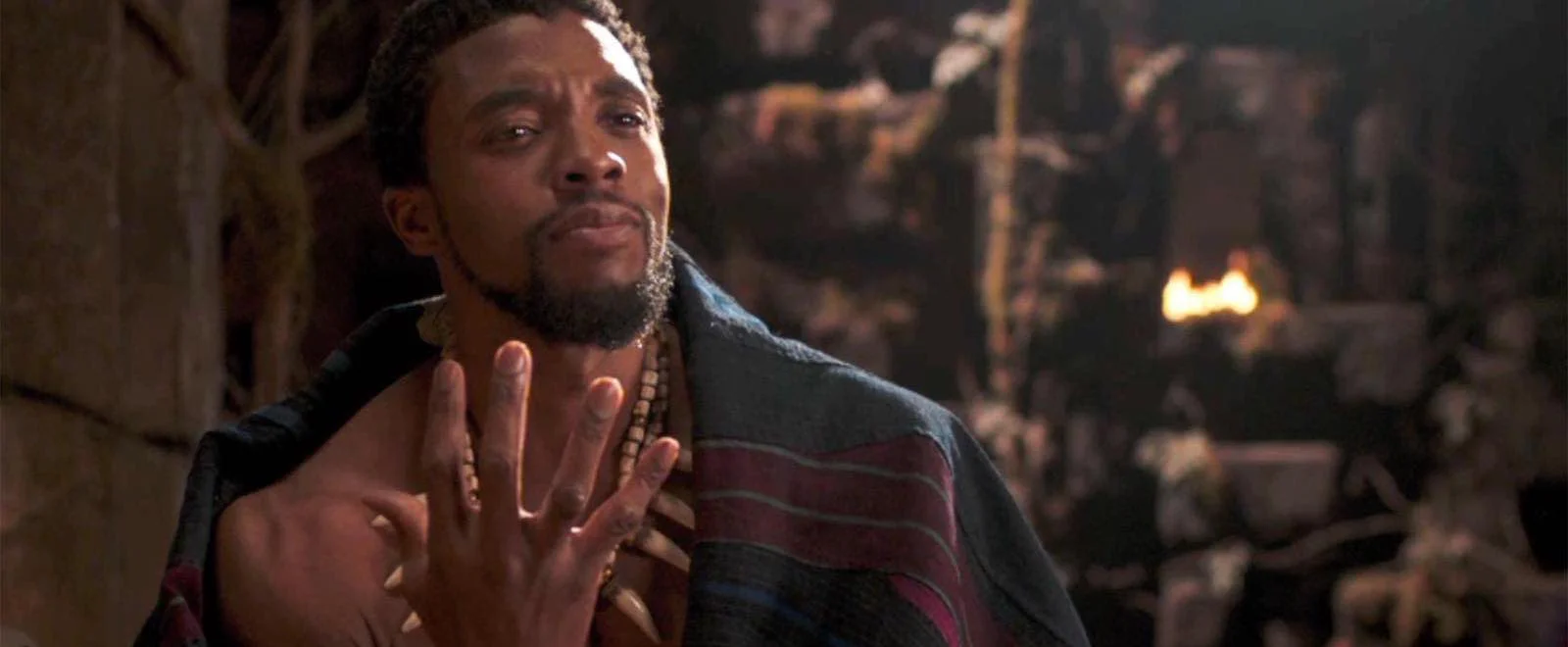
Dutch Angle or Dutch Tilt Shot
For a Dutch angle (Dutch tilt), the camera is slanted to one side. With the horizon lines tilted in this way, you can create a sense of disorientation, a de-stabilized mental state, or increase the tension.
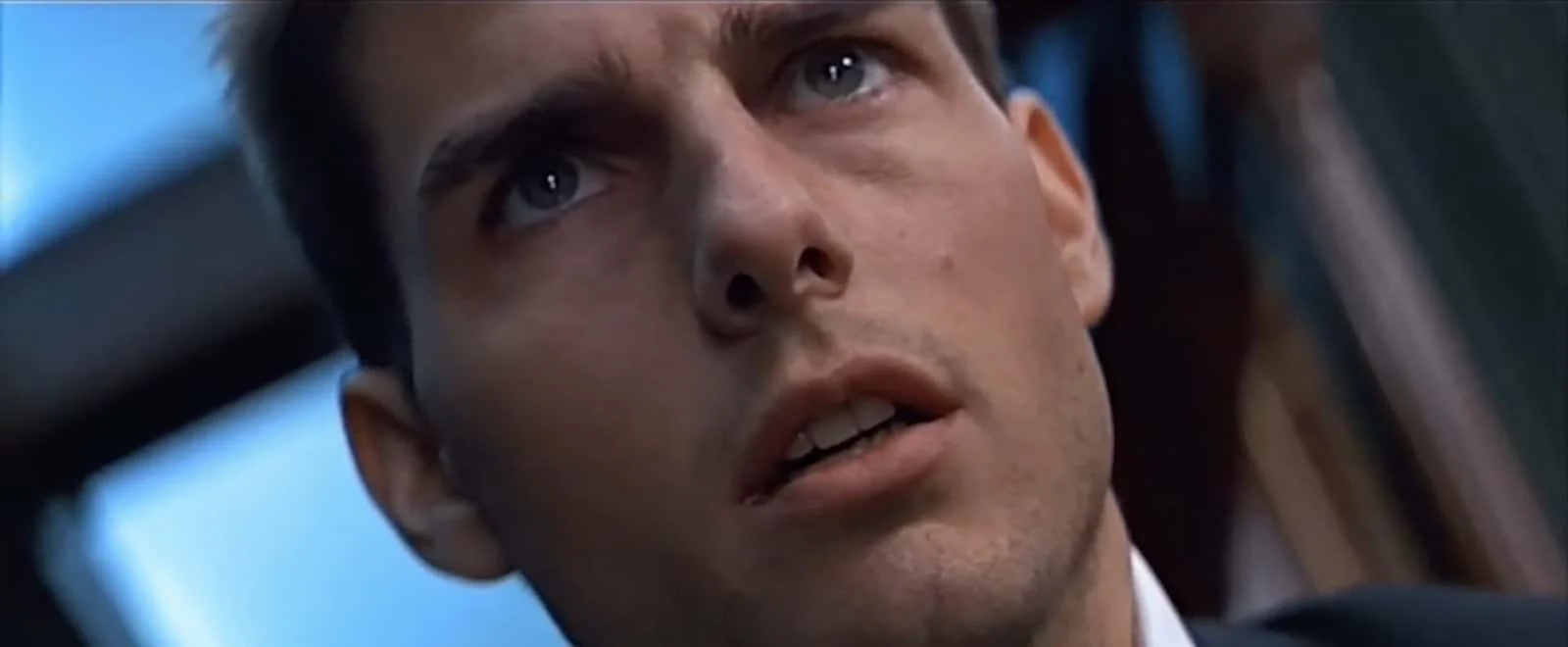
Overhead Shot or Bird's Eye View
An overhead shot is from above, looking down on your subject. These are typically shot from 90 degrees above anything less might be considered a high angle shot instead.
An overhead shot doesn't need to be super high, but it can be. Here's an example of the overhead shot camera angle:
Aerial Shot
An aerial shot, whether taken from a helicopter or drone, is captured from way up high. It establishes a large expanse of scenery. Many of the helicopter shots in Black Hawk Down are aerial shots.
Affordable drones have made aerial photography more accessible to filmmakers.
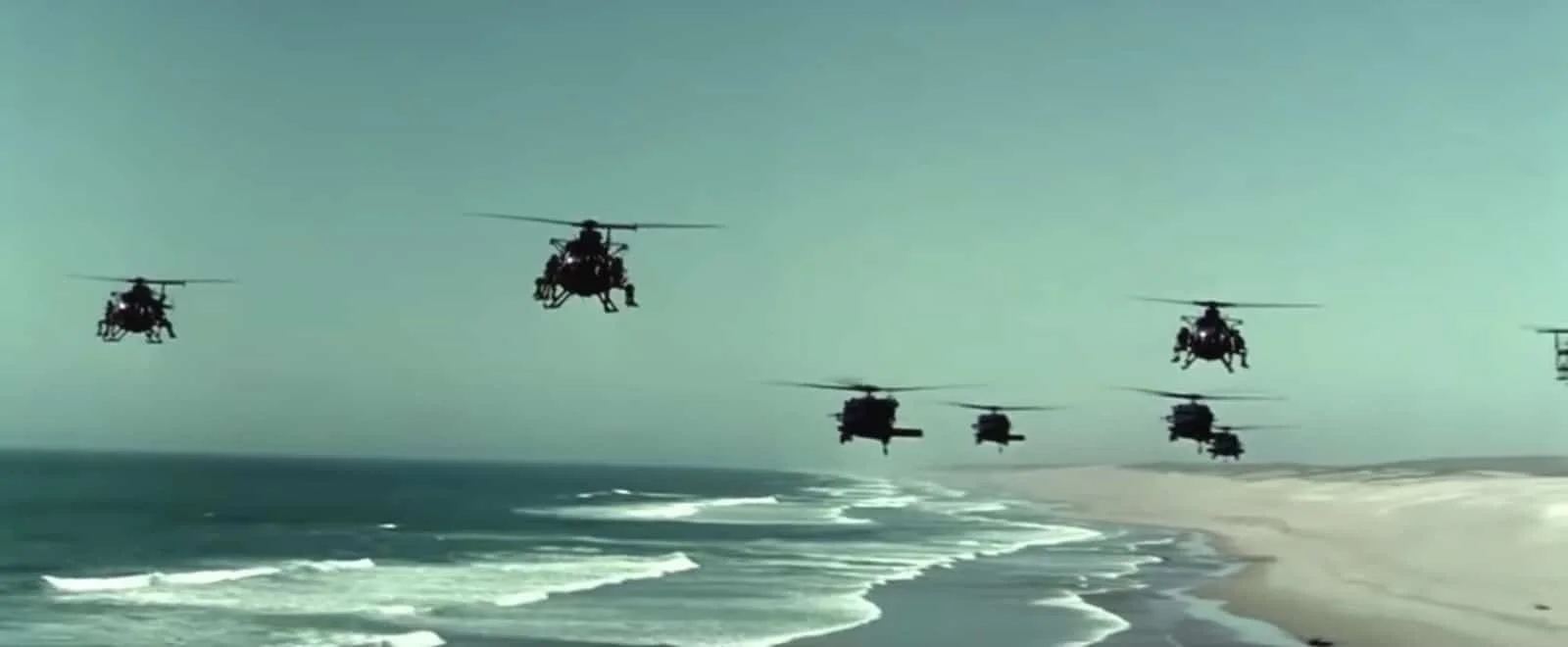
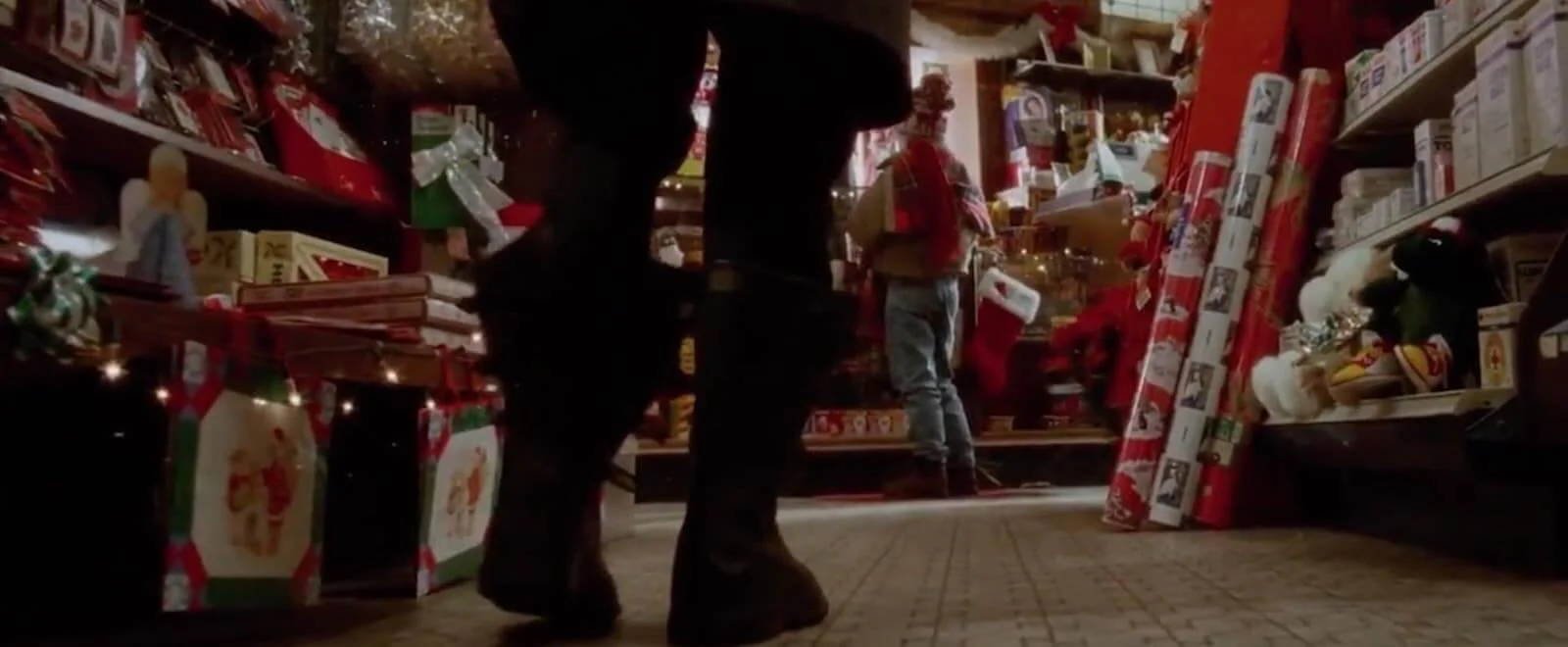
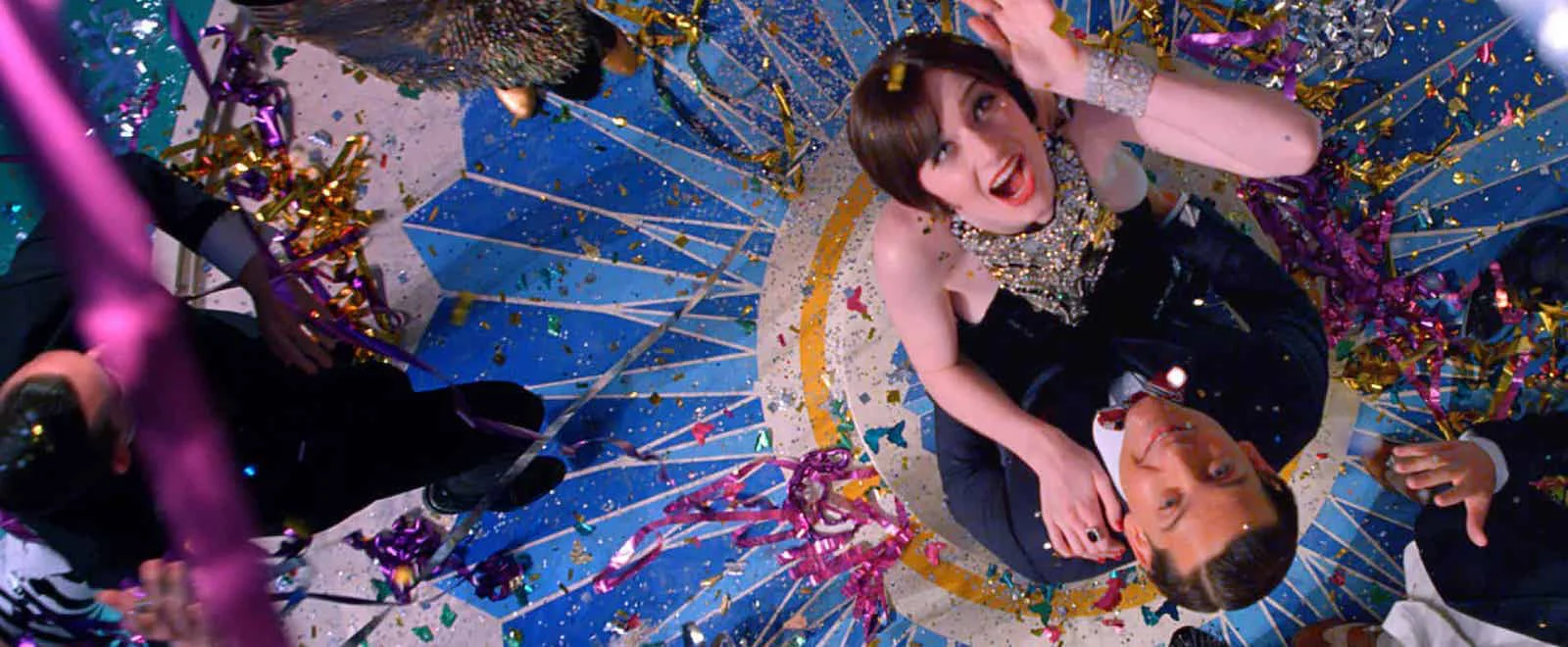
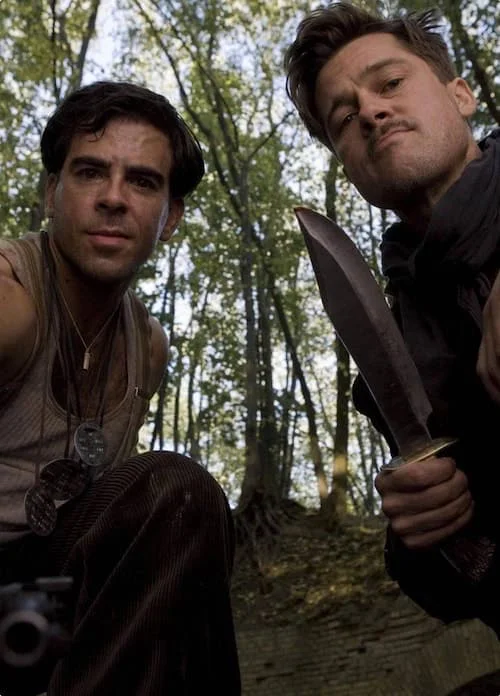
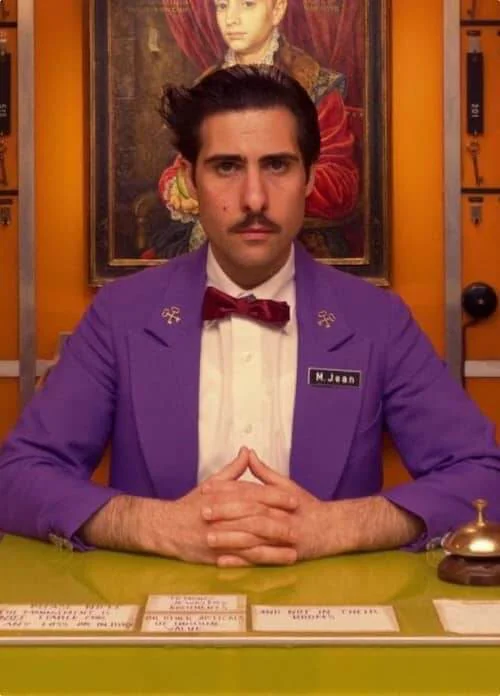
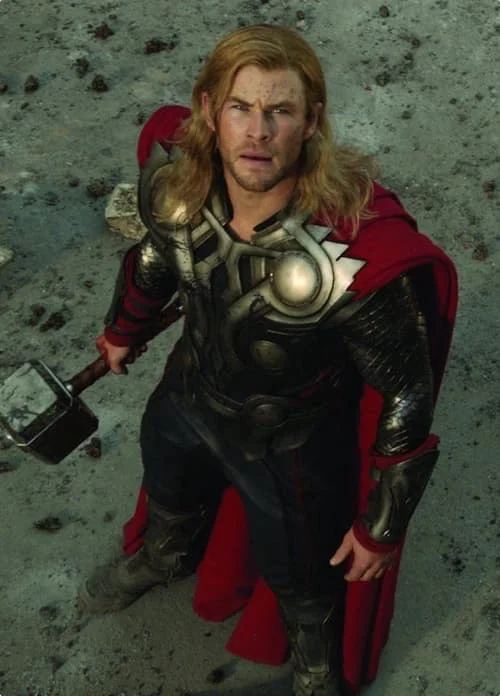
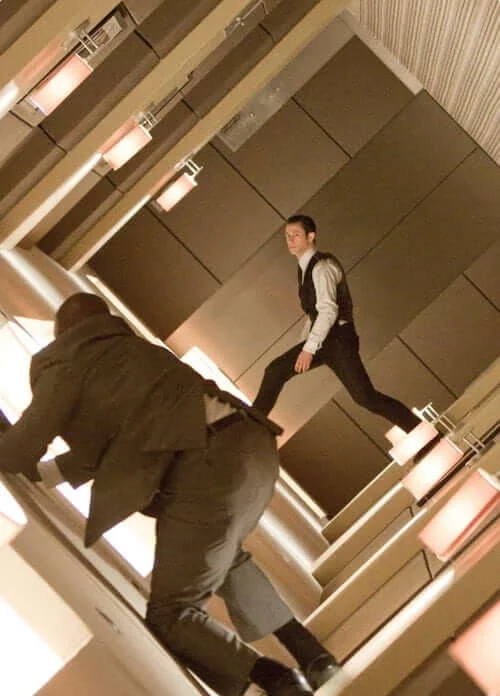
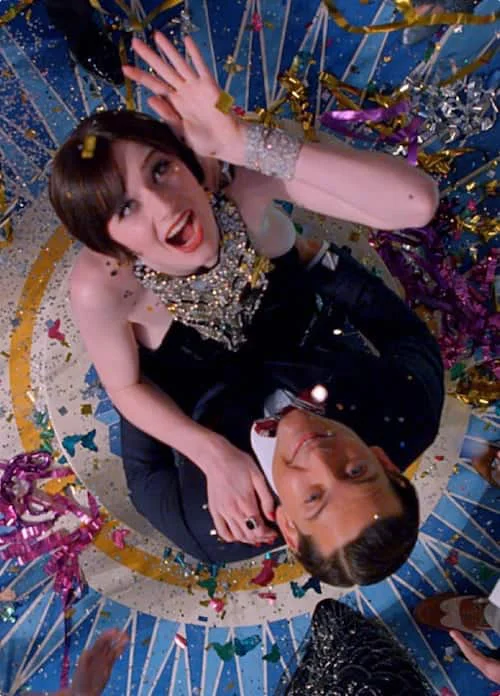
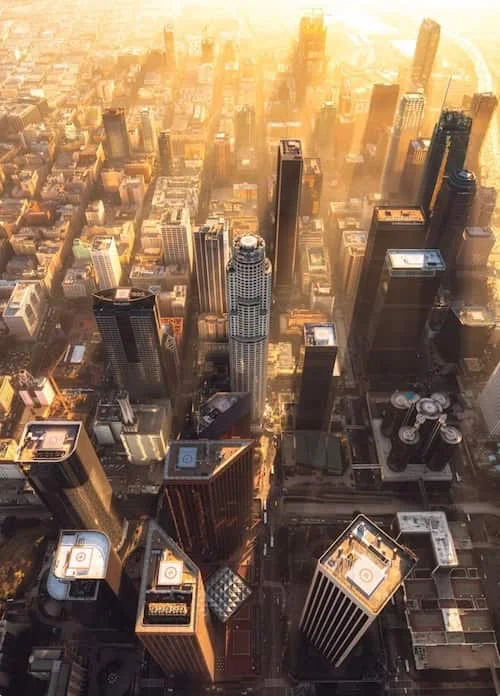

No hay comentarios:
Publicar un comentario